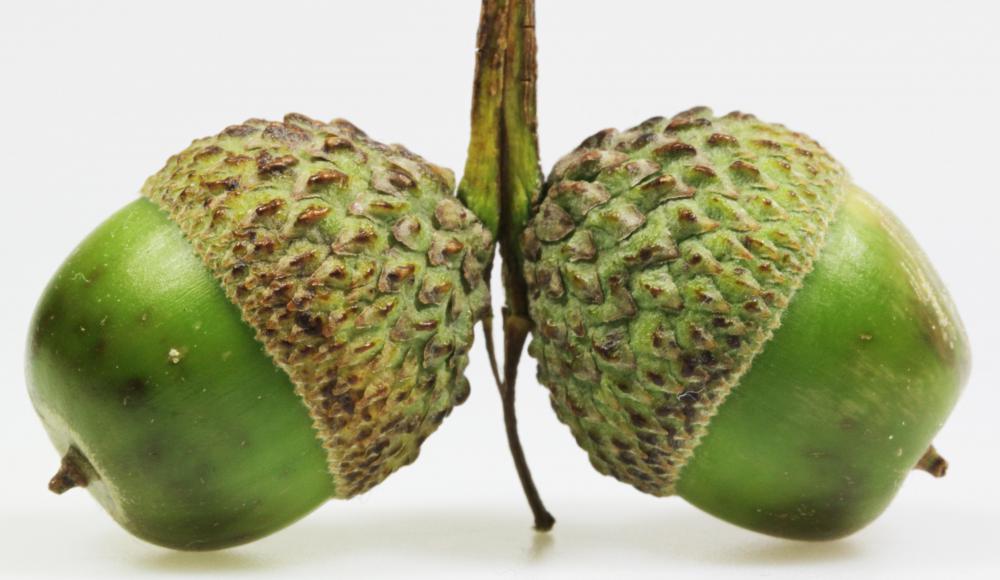At WiseGEEK, we're committed to delivering accurate, trustworthy information. Our expert-authored content is rigorously fact-checked and sourced from credible authorities. Discover how we uphold the highest standards in providing you with reliable knowledge.
What is Kentucky Ham?
A Kentucky ham is a type of cured ham which originated in the American state of Kentucky. Like other specialty cured hams, a Kentucky ham is made in a specific way which sets it apart from other hams, and it can generally command a higher price when it is sold because of its unique style of cure. Kentucky hams have been made since the 1800s, and they continue to be a popular food, especially in the American South.
Like other country hams, Kentucky ham is subjected to a long, dry curing process which makes it highly shelf stable and allows the ham to develop a complex and subtle flavor. Kentucky hams are rubbed with a mixture of sugar and salt, then smoked before being aged for up to one year, and they have a very dry texture, even more so than Virginia ham, another popular country ham. There are a number of ways to use the delicate, dry flavor of Kentucky ham in cooking, and a truly fine Kentucky ham can be used like prosciutto, a traditional Italian dry cured ham.

Traditional Kentucky ham starts with a Hampshire hog. Hampshire hogs were imported to the United States from England in the 1830s, because they were hardy, lean pigs which could easily forage for themselves in the woods. Hampshire hogs also grow to be very large, and they have a characteristic thin rind which led to the popular name "Thin Rind Hog." The look of a Hampshire hog is quite distinctive; the pigs have black bodies with a wide white belt which runs along their front shoulders and legs.

The animals are fed a diet of acorns, beans, clover, and grains until they reach a size which is appropriate for slaughter, and their hind legs are taken for use as Kentucky hams while other parts of the pig are cured in different ways, or sent to market as fresh meats. The legs are salted and rubbed in a spice mixture before being smoked over a hickory, apple, and corncob fire for several days. After smoking, the Kentucky ham is hung in a cool dry place to cure.
Although Kentucky ham is not cooked during the curing process, the curing removes bacteria and the moisture that bacteria feed on. Therefore, the ham can be held whole at room temperature until it is opened, at which point it should be refrigerated. Cooks can also choose to bake, boil, or fry Kentucky ham to serve it; baked ham is a popular offering at Christmas, for example.
AS FEATURED ON:
AS FEATURED ON:












Discussion Comments
A real Kentucky cured ham is a "sugar" cured ham and would never have a smoke cure. The closest it will get to smoke is the curing time hanging in the "smokehouse".
Post your comments